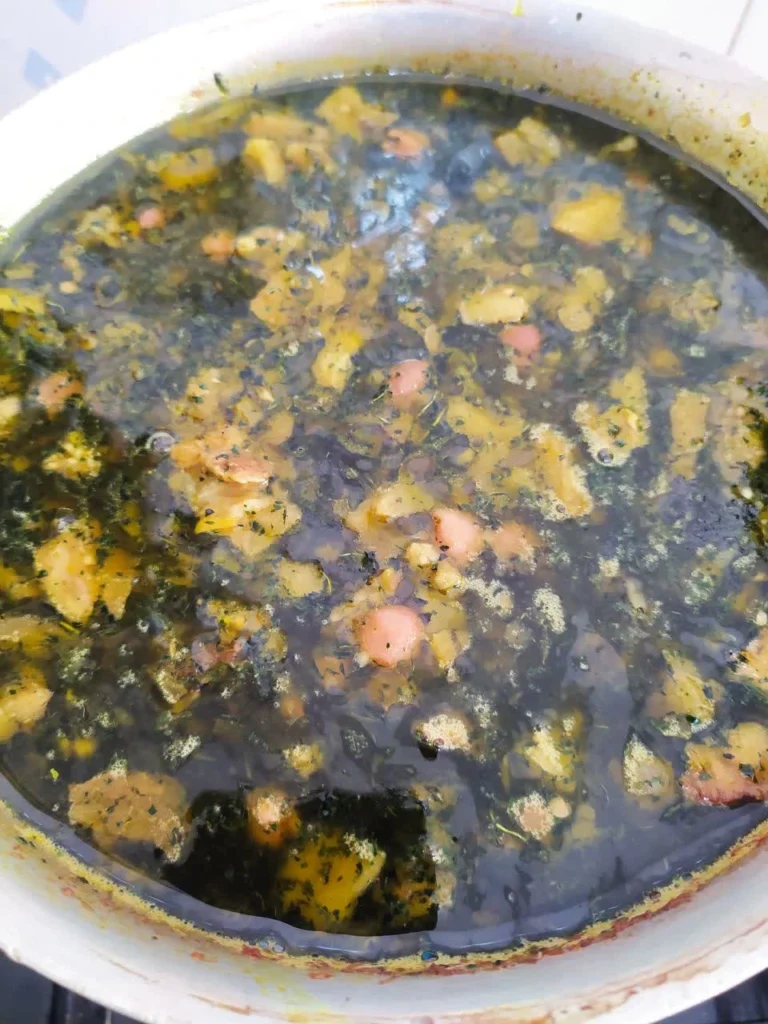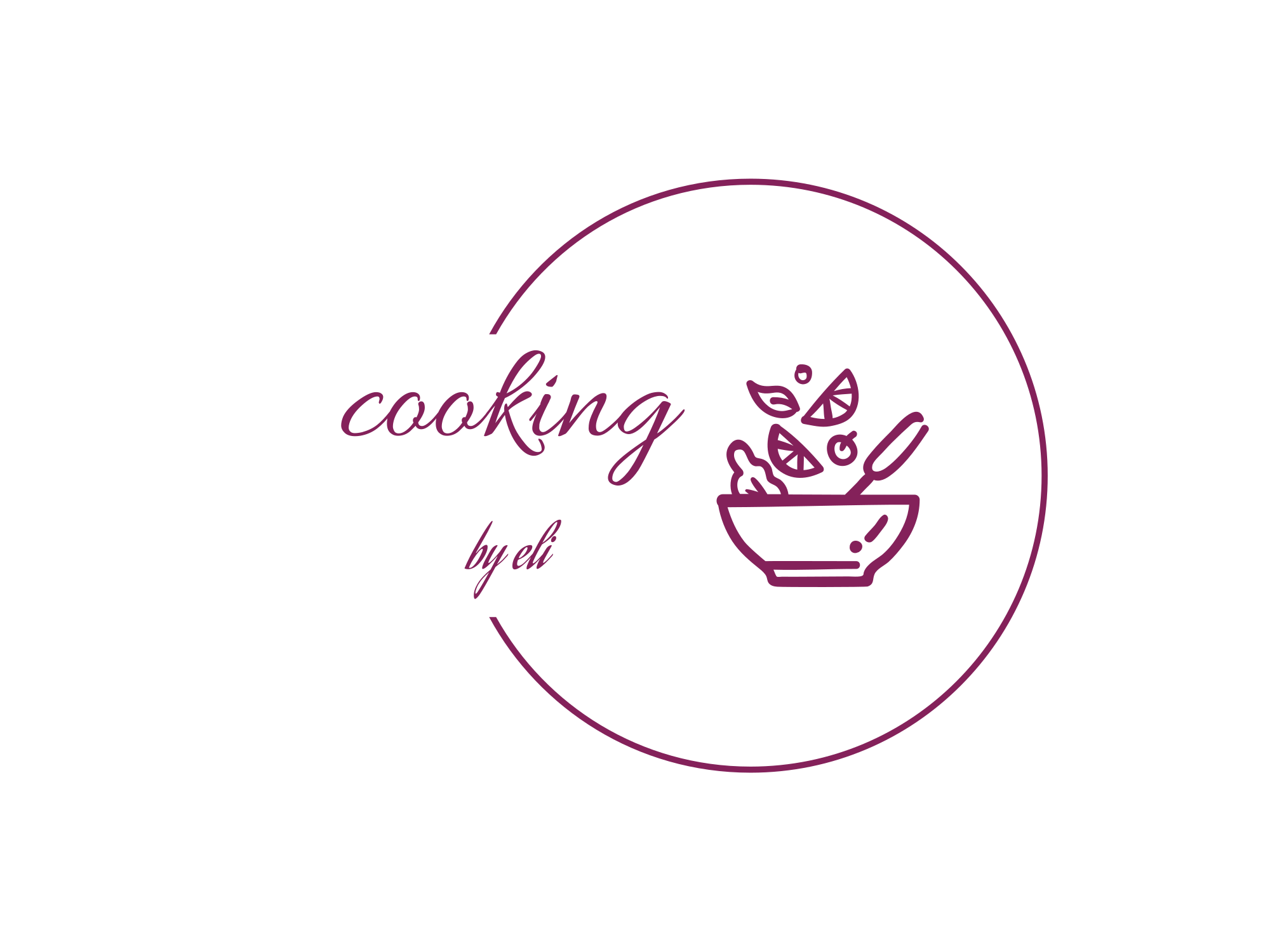Authentic Eggplant Stew (Ashe Bademjan): A Comforting Persian Recipe

Introduction
If you’re a fan of hearty, comforting dishes that bring together vegetables, legumes, and unique flavors, then Ashe Bademjan, also known as Persian Eggplant Stew, is a must-try recipe. This traditional Persian dish is not only filling but also rich in nutrients, making it a perfect option for anyone looking for a wholesome yet flavorful meal.
In American kitchens, eggplants often appear in Italian favorites like eggplant Parmesan, or Mediterranean spreads such as baba ghanoush. But in Persian cuisine, eggplants take on an entirely new personality—silky, savory, and infused with aromatic herbs. Ashe Bademjan is one of the most popular ways to enjoy them, especially during colder months when comfort food is at its peak demand.
What Is Ashe Bademjan?
Ashe Bademjan is a thick, stew-like soup that comes from Iran’s rich culinary heritage. The word “Ashe” refers to a soup or thick stew in Persian, while “Bademjan” means eggplant. Unlike lighter broths, this dish is hearty, filling, and often served as a main course.
Traditionally, it combines slow-cooked eggplants with yellow split peas, onions, garlic, and dried mint. The dish is then finished with a drizzle of kashk (a tangy Persian whey similar to sour yogurt), which adds depth and creaminess.
Why Try This Persian Eggplant Stew?
There are plenty of reasons this dish has captured the hearts (and taste buds) of generations:
Wholesome & Nutritious – Packed with plant-based protein, fiber, and antioxidants.
Comforting Flavors – Creamy eggplants, hearty legumes, and mint-infused oil create a layered flavor profile.
Versatile – Can be served as a vegetarian main or enriched with chicken or beef broth.
Meal-Prep Friendly – Tastes even better the next day, making it perfect for leftovers.
Ingredients You’ll Need
Here’s a simple list of ingredients commonly used in Ashe Bademjan. Everything is easy to find in U.S. grocery stores, with simple substitutions if needed.
3 medium eggplants (peeled and diced)
1 cup yellow split peas (or substitute with red lentils for quicker cooking)
1 large onion, finely chopped
3 cloves garlic, minced
5 cups vegetable or chicken broth
2 tbsp dried mint
½ cup kashk (substitute with Greek yogurt or sour cream if unavailable)
2 tbsp olive oil
Salt and pepper to taste
Optional: a pinch of turmeric or paprika for extra color and warmth
Step-by-Step Instructions
Step 1: Prepare the Eggplants
Peel and cube the eggplants, then sprinkle with salt to remove any bitterness. Roast them in the oven or lightly fry them in olive oil until golden brown. Roasting is a healthier option, keeping calories lower.
Step 2: Cook the Base
In a large pot, heat olive oil and sauté the onions until caramelized. Add garlic and cook for another minute until fragrant. Stir in the yellow split peas and broth, bringing the mixture to a gentle simmer.
Step 3: Add the Eggplants
Once the split peas are halfway cooked (about 30 minutes), add the roasted eggplants. Continue cooking until the stew thickens and the peas are fully tender.
Step 4: Season & Enrich
Add salt, pepper, and optional spices. Stir in kashk (or Greek yogurt), mixing well to create a creamy texture.
Step 5: Garnish with Fried Mint
Quickly fry dried mint in a teaspoon of oil until fragrant. Drizzle over the stew before serving.
Nutritional Information (Per Serving, Approx. 1.5 cups)
Calories: ~280
Protein: 12 g
Carbohydrates: 42 g
Fiber: 11 g
Fat: 8 g
Sodium: 520 mg
This makes Ashe Bademjan a nutrient-dense, low-calorie meal that is suitable for vegetarians, and when paired with whole wheat pita or lavash bread, it becomes a complete and satisfying dish.
Health Benefits of Ashe Bademjan
Eggplants are high in antioxidants, particularly nasunin, which supports brain health.
Yellow split peas provide plant-based protein and fiber, helping with digestion and satiety.
Garlic and onions contribute anti-inflammatory compounds that support immunity.
Kashk (or yogurt) adds probiotics, which are great for gut health.
For health-conscious Americans, this recipe is an excellent alternative to heavy cream-based stews, providing comfort food without unnecessary calories.
Serving Suggestions
Traditionally, Ashe Bademjan is served warm with Persian flatbread like lavash or sangak. In the U.S., you can pair it with:
Whole wheat pita bread for a healthier twist
Brown rice or quinoa for a balanced, high-protein meal
Shirazi salad (tomatoes, cucumbers, onions with lemon dressing) for freshness
Tips for the Perfect Ashe Bademjan
Roast, Don’t Fry: Roasting eggplants reduces oil absorption, making the dish lighter.
Low and Slow Cooking: Let the stew simmer to allow flavors to blend naturally.
Substitute Ingredients: If kashk is hard to find, Greek yogurt, sour cream, or crème fraîche are great alternatives.
Make It Vegan: Skip the kashk and use a drizzle of tahini or coconut yogurt.
Frequently Asked Questions (FAQs)
Q1: Can I freeze Ashe Bademjan?
Yes! This stew freezes well for up to 3 months. Store in airtight containers and thaw overnight before reheating.
Q2: Is Ashe Bademjan spicy?
Traditionally, no. It has a warm, savory flavor, but you can add paprika or chili flakes if you prefer heat.
Q3: Can I make it gluten-free?
Absolutely! The stew itself is naturally gluten-free. Just serve with gluten-free bread or rice.
Q4: How long does it take to cook?
From start to finish, expect about 1 hour. Most of that time is simmering, so it’s a relatively hands-off recipe.
Final Thoughts
Ashe Bademjan (Persian Eggplant Stew) is more than just a recipe—it’s a cultural experience. Its silky texture, hearty legumes, and tangy yogurt topping create a dish that feels both exotic and familiar at the same time.
For U.S. food lovers looking to expand their cooking horizons, this dish provides a delicious way to enjoy eggplants in a healthy, comforting form. Whether you’re vegetarian, health-conscious, or simply craving something new, Ashe Bademjan deserves a spot in your weekly meal rotation.
Next time you’re in the mood for a stew that’s as nourishing as it is flavorful, skip the usual chili or lentil soup and try this authentic Persian recipe. You’ll discover why it has been a staple of Persian kitchens for centuries.
